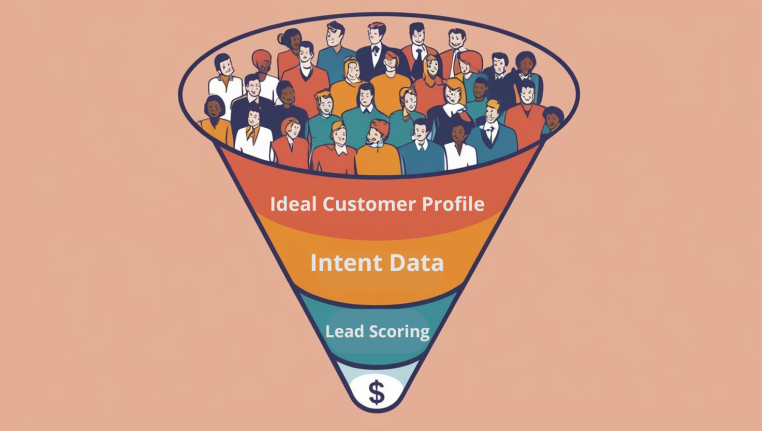The Difference Between On-Page and Off-Page SEO Marketing

Table of Contents
When most people think of SEO marketing, they imagine keywords and search rankings. While that’s part of the picture, SEO marketing is actually a broad strategy made up of many moving parts. At the core are two main categories: on-page SEO and off-page SEO. Understanding the difference between the two is key to building a strategy that drives long-term visibility and traffic.
What Is On-Page SEO?
On-page SEO refers to all the optimizations that happen on your website itself. The goal is to make your site as user-friendly, informative, and search-engine-friendly as possible. Search engines want to deliver the best experience for users, so they look at your site’s structure, content, and performance to decide how to rank it.
Some of the most important elements of on-page SEO include:
- Content optimization: Writing high-quality, relevant content that answers user questions and includes well-researched keywords.
- Meta tags: Crafting strong title tags and meta descriptions that accurately reflect your page and entice users to click.
- URL structure: Keeping URLs clean, descriptive, and keyword-friendly.
- Header tags (H1, H2, etc.): Organizing content for readability and SEO relevance.
- Image optimization: Using alt text and proper formatting to improve accessibility and help search engines understand images.
- Site performance: Ensuring fast load speeds, mobile responsiveness, and secure HTTPS connections.
In short, on-page SEO marketing is about making your website easy for both people and search engines to understand.
What Is Off-Page SEO?
If on-page SEO is about what happens on your website, off-page SEO is about building authority and trust outside of it. Think of off-page SEO as the reputation your site has in the wider digital world.
The biggest factor in off-page SEO is backlinks links from other websites that point to yours. Search engines see backlinks as votes of confidence: if credible sites are linking to your content, it signals that your site is trustworthy and authoritative.
But backlinks aren’t the only part of off-page SEO. Other tactics include:
- Social signals: While likes and shares aren’t direct ranking factors, active engagement on social media can increase brand visibility and traffic.
- Local citations: Listings on business directories and consistent NAP (name, address, phone number) details are vital for local SEO.
- Online reputation management: Reviews and ratings play a big role in both local SEO and consumer trust.
- Guest posting: Publishing high-quality content on other reputable websites to earn backlinks and exposure.
In essence, off-page SEO marketing builds your site’s credibility and authority in the eyes of search engines and users alike.
Why Both Matter
One of the biggest mistakes businesses make is focusing too heavily on one side of SEO marketing while neglecting the other. You might have a perfectly optimized website, but if no one is linking to it, search engines won’t see it as authoritative. On the other hand, you could earn dozens of backlinks, but if your site loads slowly or lacks useful content, visitors won’t stay.
The most effective SEO marketing strategies balance both. On-page SEO creates a solid foundation by ensuring your site is optimized, while off-page SEO expands your reach and builds the trust needed to climb higher in search results.
Final Thoughts
SEO marketing is not a one-time task but an ongoing process. Search engines evolve, competitors adapt, and user expectations shift. By understanding the difference between on-page and off-page SEO and investing in both you’ll put your business in a stronger position to grow its visibility and attract qualified leads online.
Share this article


